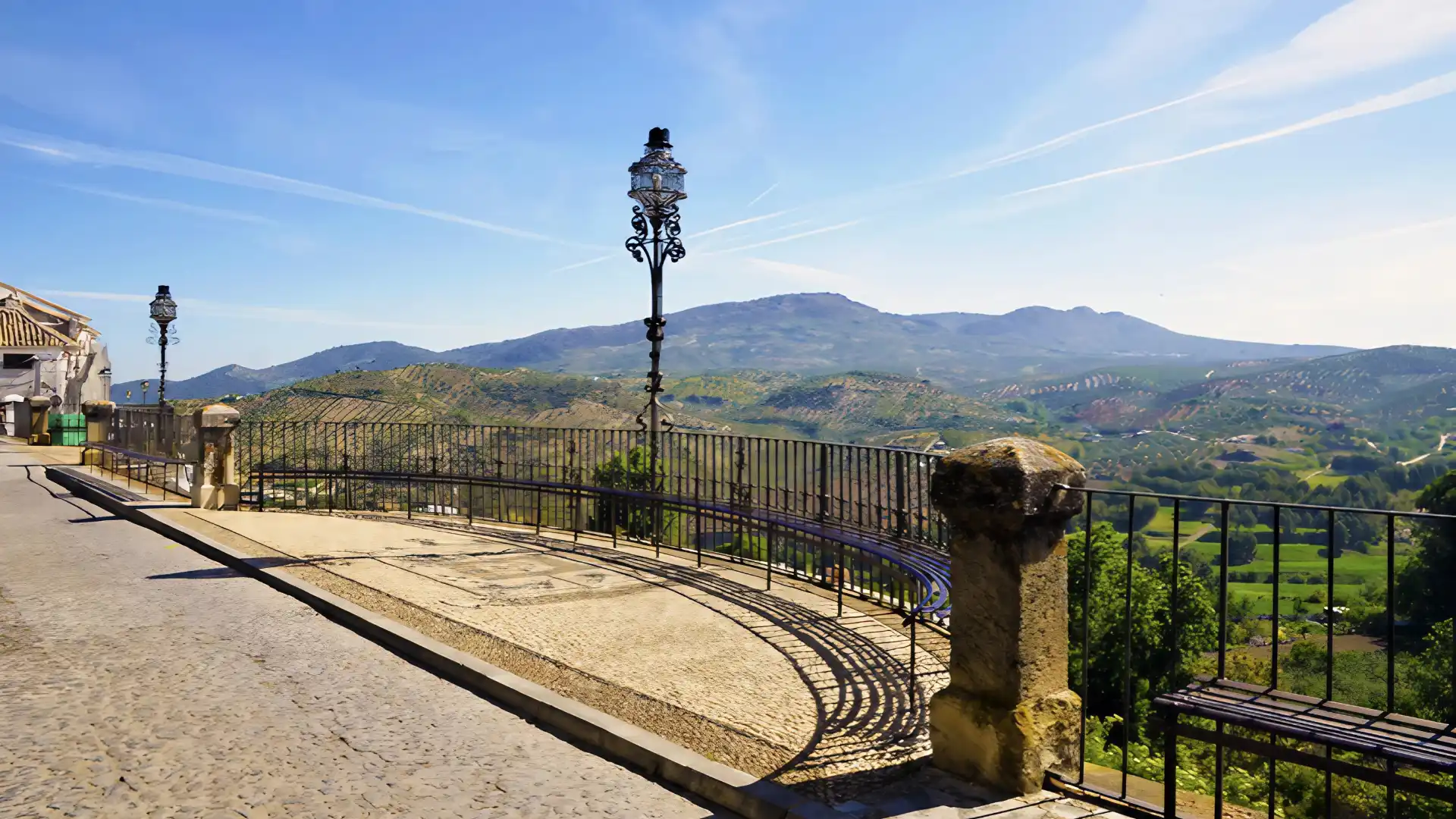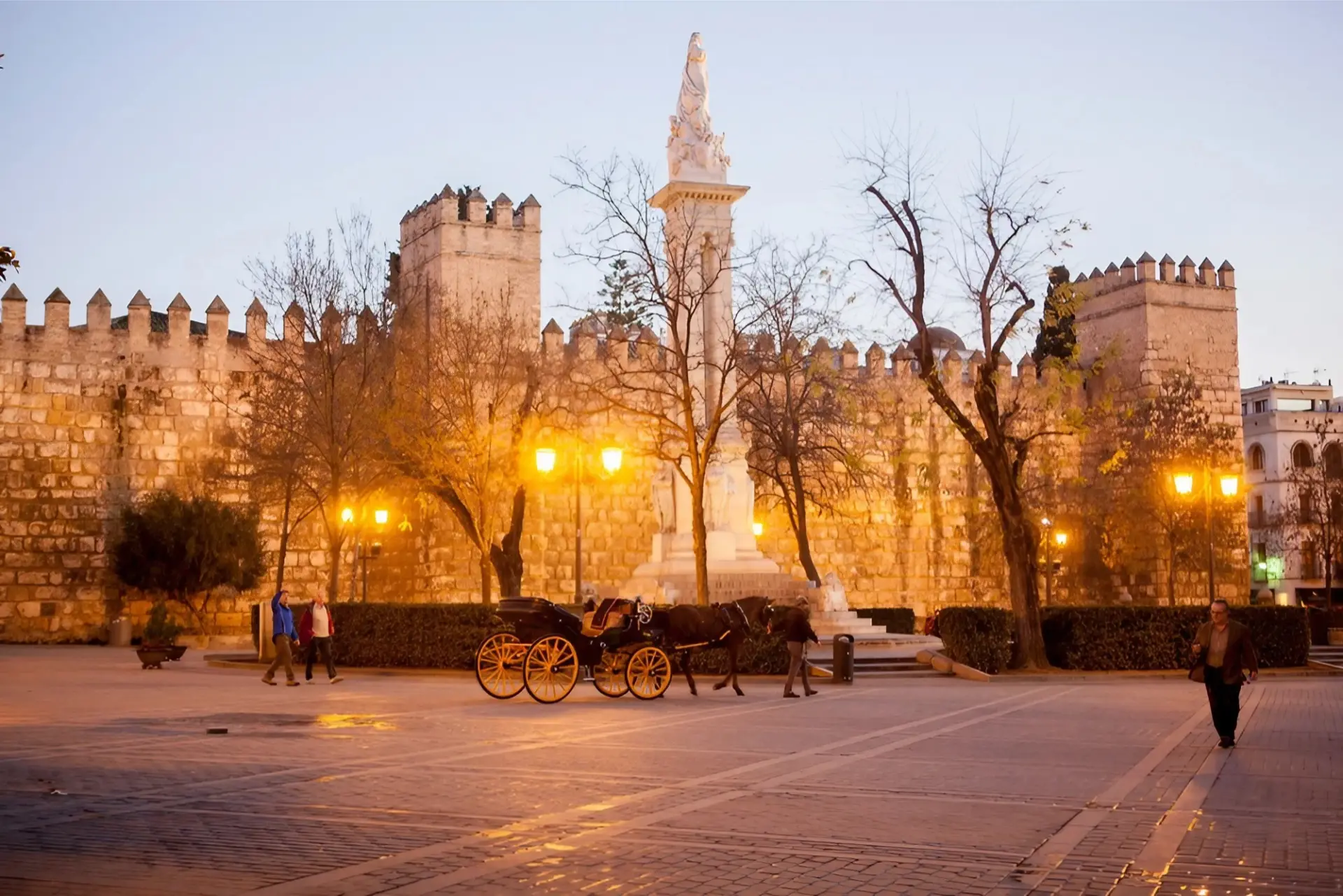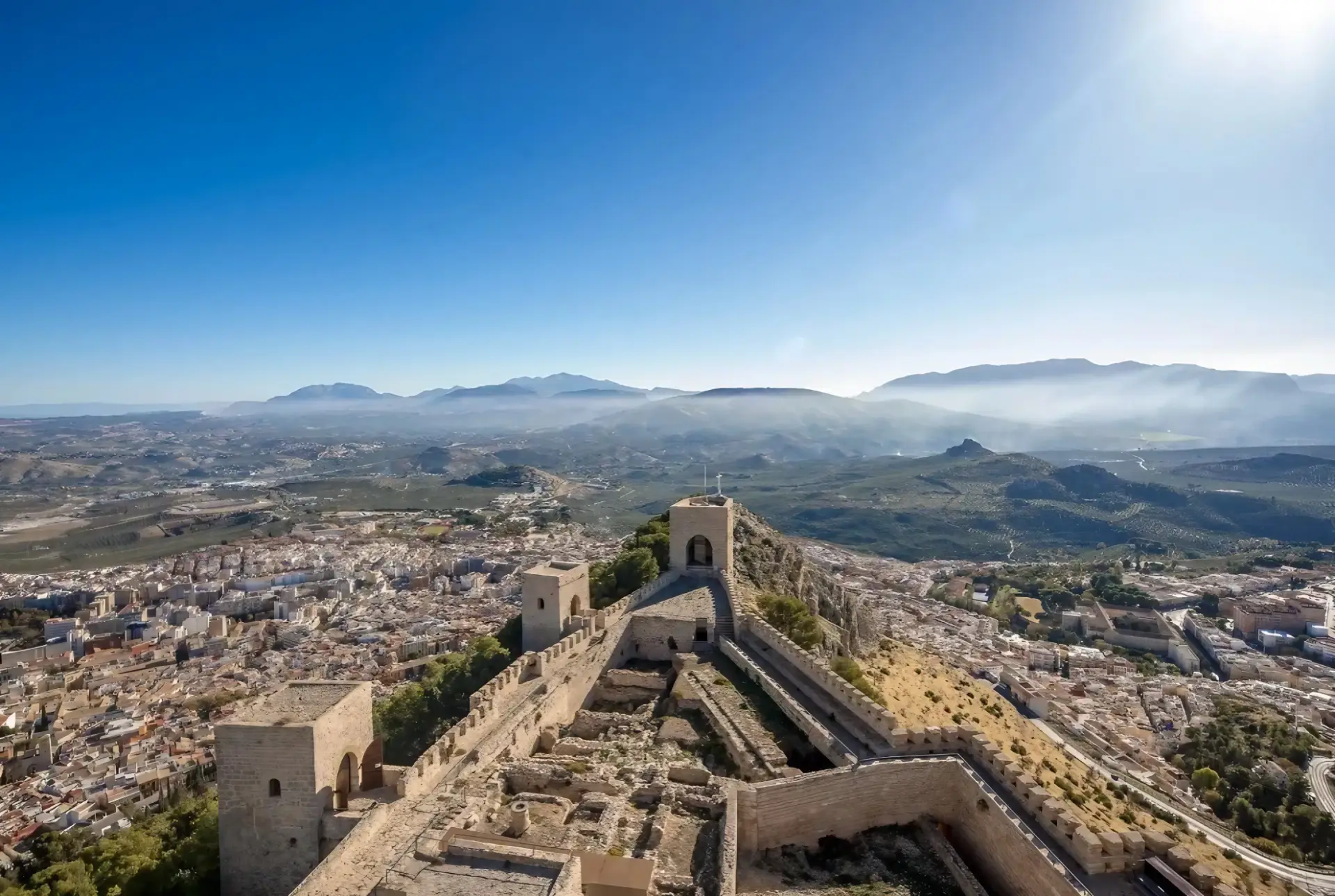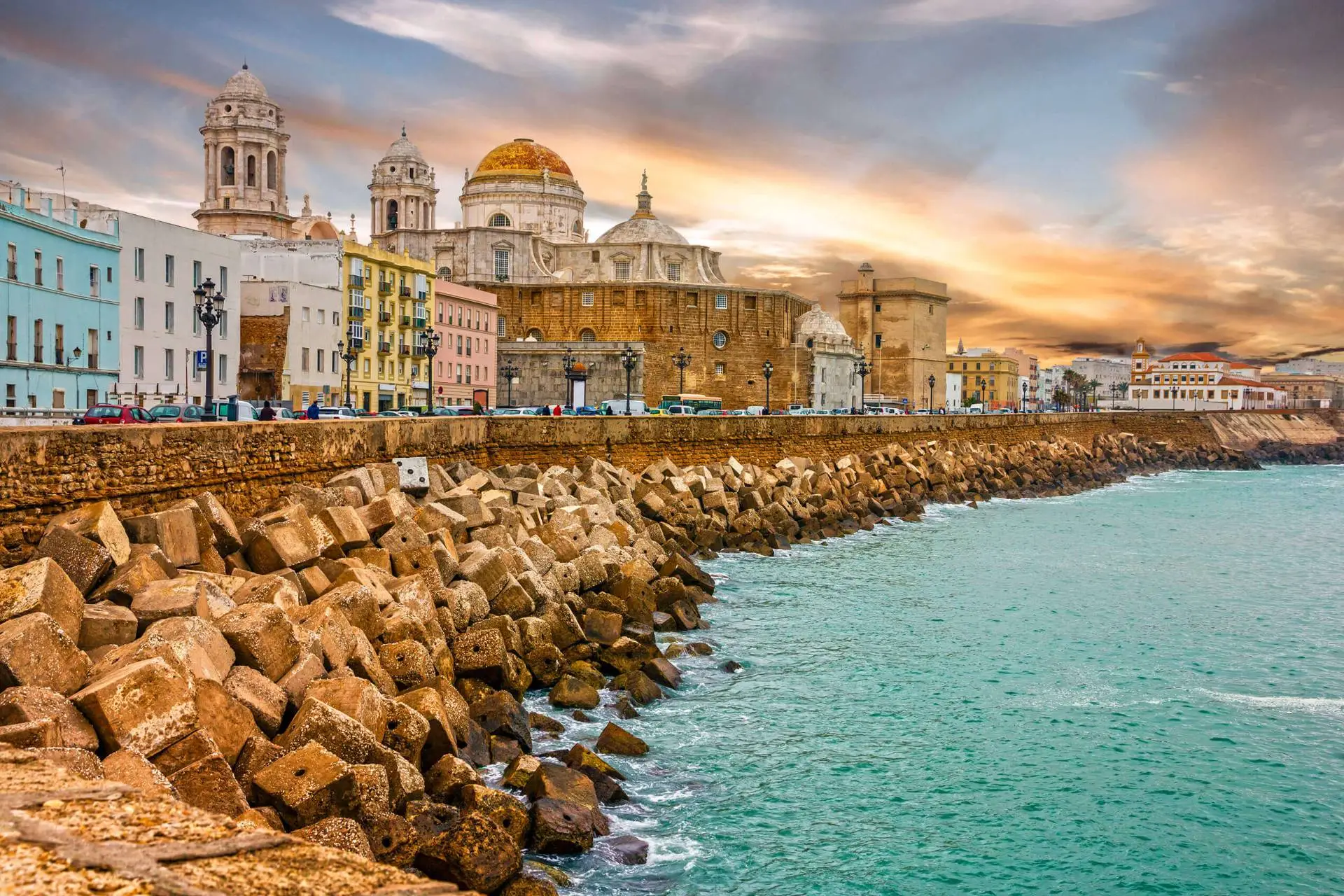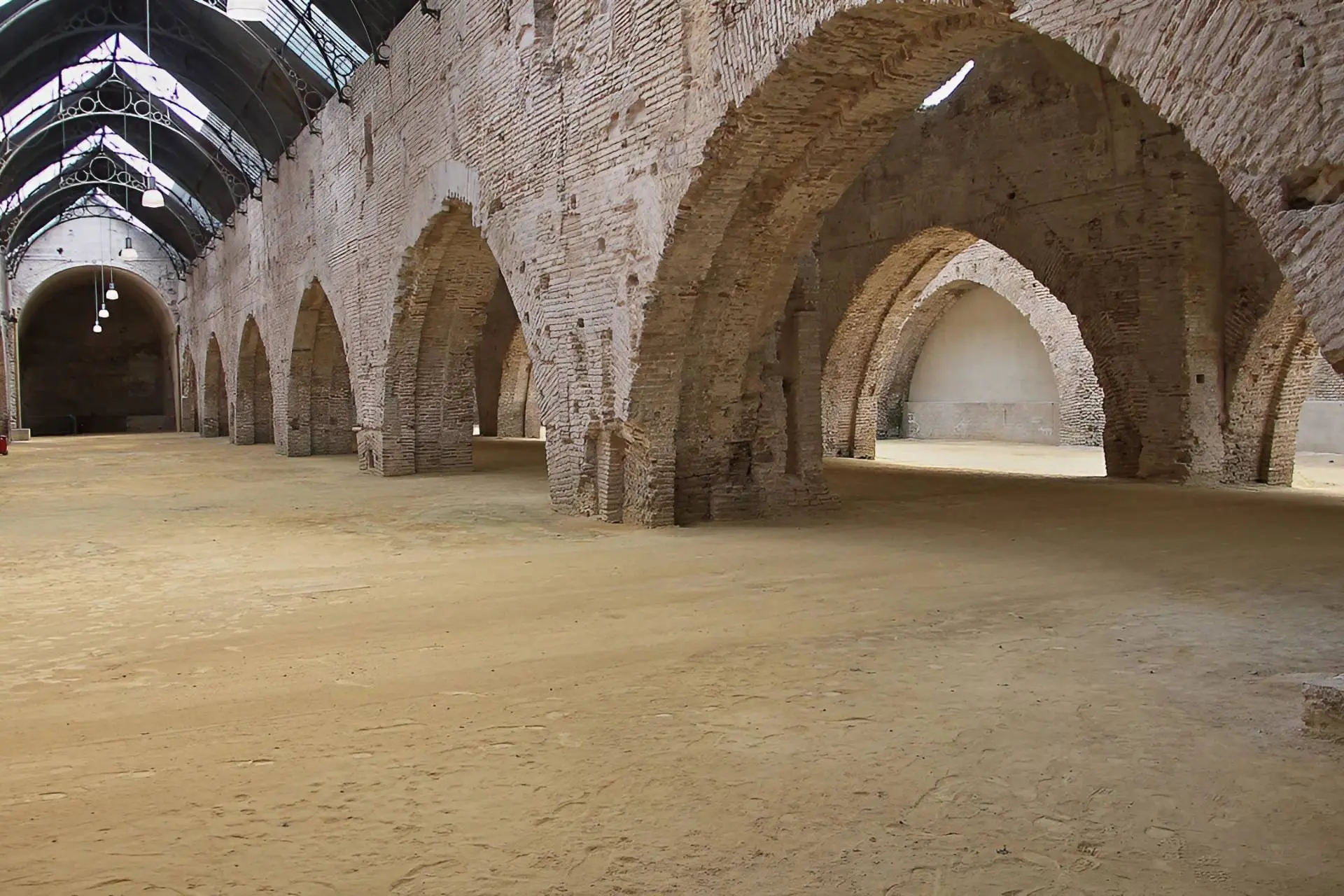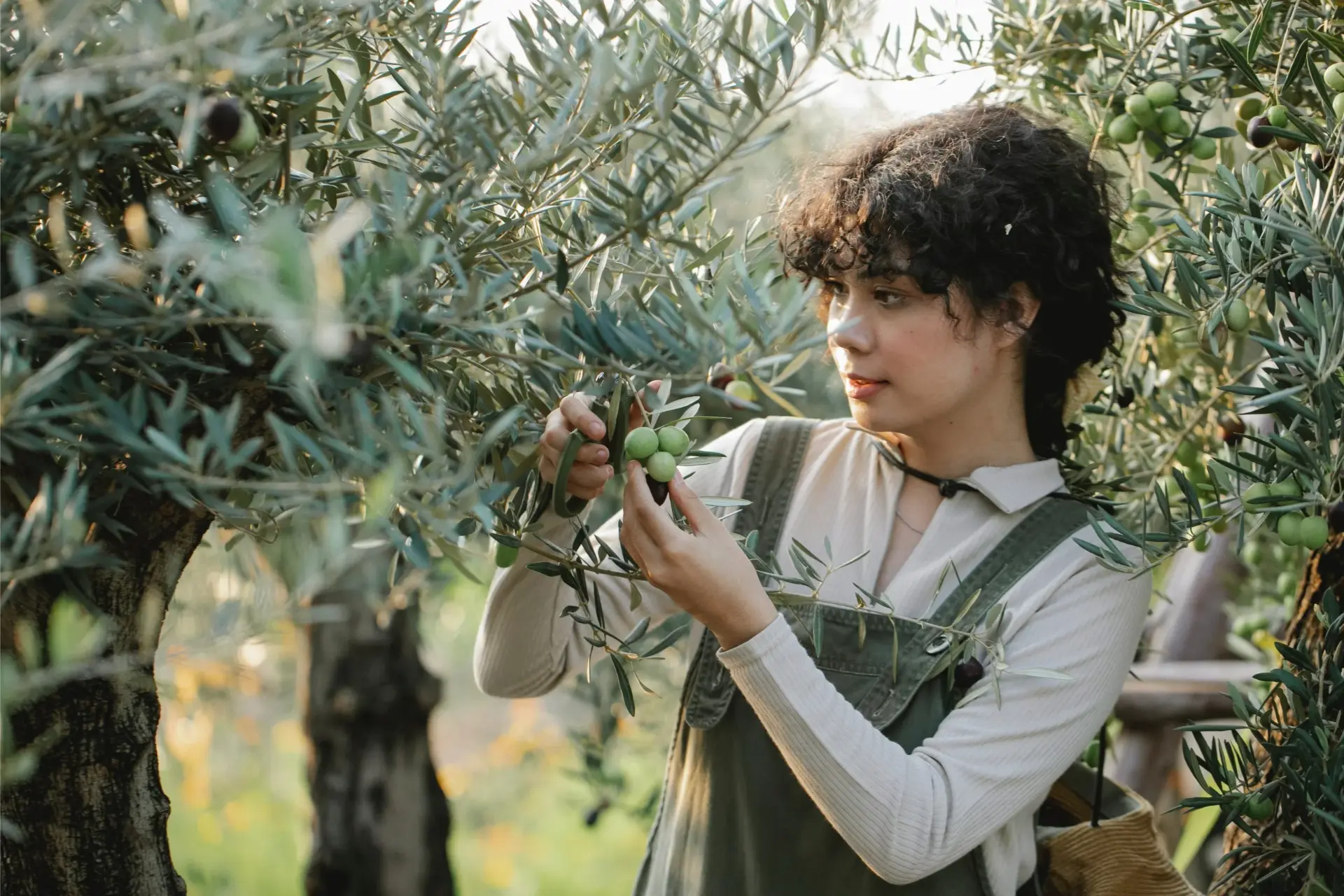Tortilla and Gazpacho: Original is best – a guest post from Angus McIntyre.
Why does it happen? Why do so many “National Dishes” become victims of mass production and the inevitable lowering of standards that follow? In any country you’ll find supermarket versions of that nation’s iconic foods. We moan, but we’re all guilty. Who hasn’t grabbed a Ginsters pork pie from the petrol station or more northerly, a tin of haggis from Aldi? We lose a lot when we do this; the flavour, pride of place, the unadulterated simplicity, and the comfort of the dependable nature of an old friend. Nevertheless, we sacrifice all of this for convenience.
In Spain, thanks to Nuestra Señora de los Glotones, it doesn’t happen so much. Sure, you can buy frozen paella mix, complete with “Granny’s own” scientifically engineered fish stock. Cartons and bottles of dull, lifeless, gazpacho line the display fridges, and even jars of tortilla mix, comprised of diced potatoes and a greyish egg mix, can be found on the shelves. Disappointing? Well no, because they are all slow sellers! Generally, Andalusians prefer to cook their staples from scratch. Their cuisine is a basic unchanging matter, and all the better for it. Some of the world’s best raw materials, but treated simply in most restaurants, result in deeply satisfying meals. There are exceptions of course, such as the lauded Aponiente eatery in Puerta de Santa Maria. Extremely innovative, if challenging seafoods in a recently opened “destination” restaurant. Fish eye tortilla anyone?
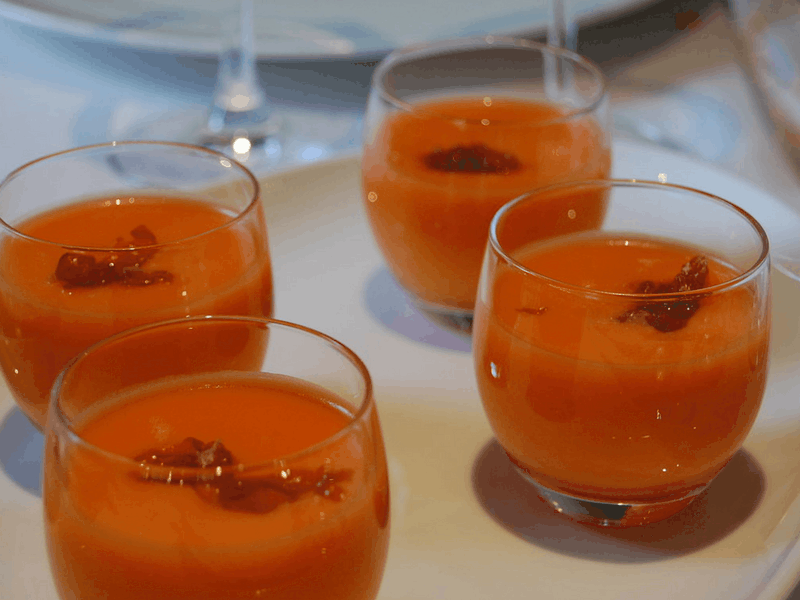
Really though, finding the classic dishes can usually be easy. No matter how humble the surroundings, people take a pride in what they serve.
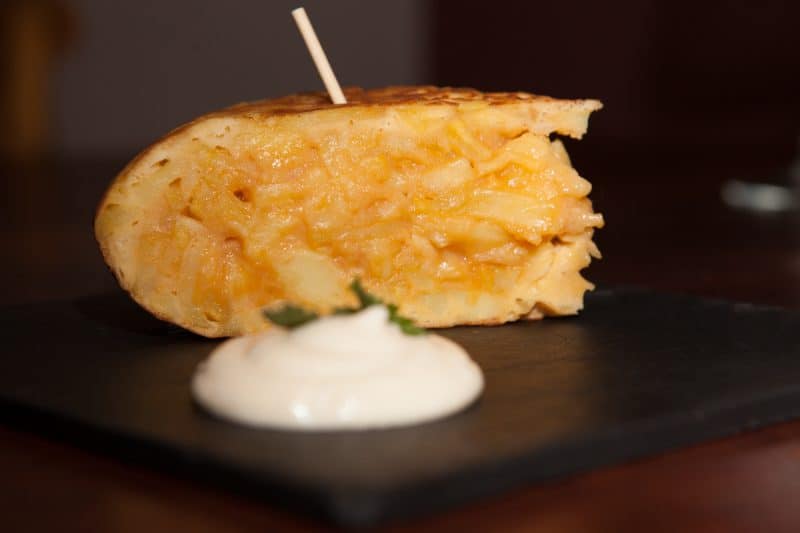
Over the years, I’ve found that a reliable town for good tortilla and gazpacho is Sanlúcar de Barrameda, just north of Jerez. Famous for beach horse racing, Manzanilla wine (try a Pasada for example), and also the best potatoes in Spain. Grown in a rich loam, they are a superb, waxy, low moisture-content tuber, ideal for tortillas. Tortillas are a universal food in southern Spain. There are choices, but the old guard swears by the classic no-onion version, which if done well, is genuinely the best. Young upstarts, those under seventy, will, on occasions be tempted by the addition of onions. The true Vangardistas are now experimenting with such “modern” ingredients as chorizo, peppers, and even sometimes smoked salmon. Wow! Being Spain though, a new law could be introduced at any time prohibiting such aberrations. Priests may well hint privately at excommunication for repeat offenders!
There are many atmospheric bars in the town selling home-made tapas but tortilla de patatas still remains The King. Usually semi-hidden on the gantry, just order a wedge. Perfect mid morning when just cooling, but still unctuous in the middle. The best accompaniments are a small glass of lurid red gazpacho, maybe with a cube of ice and a spike of Tabasco. A copita of Sanlucar’s finest Manzanilla is almost obligatory. The best little set-me-up in the world, and all simple, basic food. I particularly like the Casa Balbino in Plaza Cabildo, with just enough Spanish craziness, who do a substantial three kilo monster tortilla and, fresh from the mouth of the Guadalquivir river, a slightly different shrimp version. Good stuff!
For the classic two kilo size that you’ll see in most restaurants, as follows… 1300g of waxy potatoes peeled, 300g of onions chopped, 6 large eggs, olive oil and salt.
Method…Slice the potatoes thinly and blanch. When dry, put them into a 28cm, frying pan. Add onions and salt (to taste) and fry in 175ml of oil gently until just cooked. Transfer this to a bowl to cool a little. Add the whisked eggs to the mix and return to the pan. Cook slowly, loosening the tortilla round the edges with a flexible spatula. Shake the pan occasionally. Add more oil, if needed, to release the mixture from the pan. When the egg is set on top and the whole thing moves freely – comes the tricky part! Turning it over! Use a large enough plate, or a sort of lid you can buy in kitchen shops for this, and place on top. Quickly and decisively lift the pan and invert the lot into the plate. Slide the “cake” back into the pan and return to the heat. It should have a golden mottled appearance, not too brown! Using the spatula, form the shape round the edge until it looks nice and tidy. Cook for another 5-8 minutes, and then let it cool for the same. Finally, it should be fully loose from the pan and be ready to be slide onto a serving plate. Buen Provecho!

